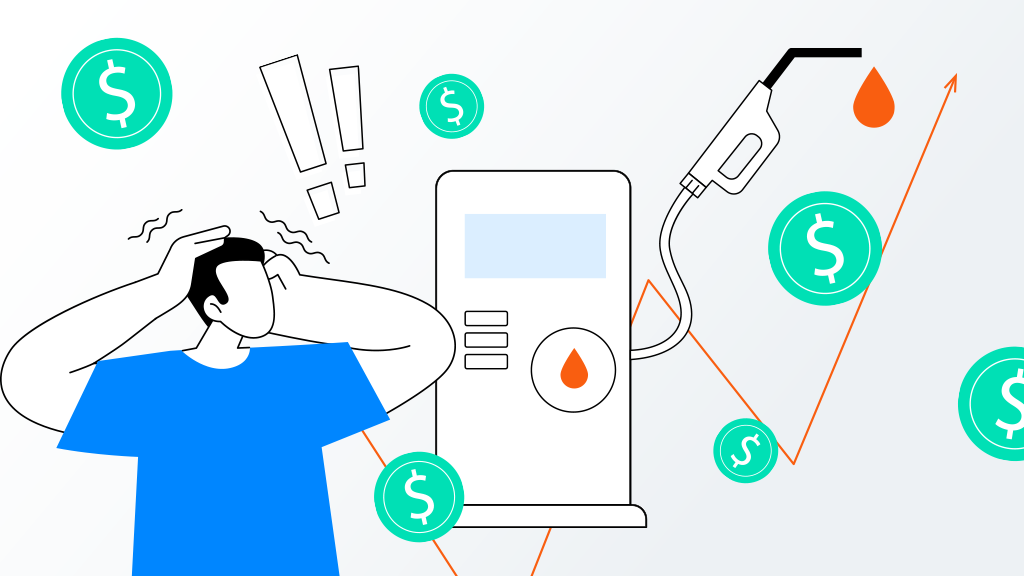Doug Eden, President of IntelliShift, speaks about how fleet-centric companies are thinking holistically about safety management in the time of COVID-19. Here are some future trends.
The arrival of COVID-19 and its impact on global supply chains as well as disruptions to citizens’ daily lives has brought the concept of safety management as it relates to vehicle cleanliness and sanitization to the forefront.
OSHA laws require that employees are entitled to a workplace free of safety and health hazards. For many in the mobile workforce, their car or vehicle is that place. As a result, businesses are starting to think about how to follow the laws regarding a safe workplace. Here are some of the trends being adopted as the pandemic rages.
Personal Hygiene
According to the CDC, washing hands continues to be one of the most effective ways to minimize the spread of COVID-19. Companies with fleets are promoting that operators, mechanics, and others who come in close contact with fleet vehicles, assets, and equipment regularly wash their hands. Fleet operators are also installing hand sanitizers and passing out plastic gloves for all employees.
Social Distancing
Public health officials across the nation and the World Health Organization (WHO) recommend social distancing of six feet to prevent infection. For companies with fleets this means limiting the number of operators or people in a vehicle or having them stay as far apart as possible (ex. one in the front seat and one in the back seat). When unloading goods or servicing customers, businesses are directing employees to wear protective gear and maintain appropriate distances to safeguard employee and customer safety.
Sanitizing Vehicles, Assets, and Equipment
Both the employees and company can do their part to decontaminate the fleet and improve safety. Employees can clean surfaces on the inside of the vehicle, that are regularly touched—like the steering wheel, door handles, window buttons, gear shift, radio, etc.—with a disinfectant on a regular basis. Additionally, some companies are using digital inspection apps, to create health protocols before and after trips and the work shift. These mobile apps will empower organizations to create vehicle, asset, and site sanitization checklists to remind and record the company’s agreed upon sanitization and safety steps for pre– and post–vehicle use; thus, helping to keep all operators out of harm’s way.
Assets and equipment are as important as vehicles and must also be disinfected on a regular basis, preferably before a shift starts and after the operator turns them in. This includes wiping down fuel cards which are sometimes passed around by employees. Companies should supplement employee efforts by using commercial grade disinfectants to clean their fleets regularly and after repair work.
GET THE PRODUCT SHEET: Digital Inspections App
Minimize Personal Use of Fleet Assets
Whether it’s company policy or if employees take advantage, it’s a fact that workers use fleet assets for personal use. Due to the lack of control over the fleet and asset cleanliness and the possibility of spreading infection, it is recommended that companies set and manage new policies and implement solutions to curtail the use of fleet assets beyond work hours.
Minimize Multi-Person Use of an Asset or Vehicle
To streamline operations and increase efficiency, fleet operators dispatch the mobile workforce and fleet assets based on availability. But passing an asset or vehicle within a team increases the chance of cross–contamination. The pandemic is causing fleet operators to change their thinking and assign one operator to one vehicle or asset to contain any spread.
With an eye on the impact of COVID-19, but with thoughts on the future, company executives and fleet operators are having to change their operations to maximize the long-term safety of employees and customers.
Interested in creating a more holistic fleet and asset safety program? Download the guide, Integrated Safety: Where to Get Started.



![Episode 50 Thumbnail Erin celebrates building the fleet community with 50 episodes and 11K followers on LinkedIn [Podcast]](https://intellishift.com/wp-content/uploads/2020/05/Masked-mechanic-inspecting-scaled-1.jpg)



